 MAXIMIZING THE CONTRIBUTION OF DIASPORA TO THE DEVELOPMENT OF COUNTRIES OF ORIGIN BY PROMOTING INNOVATIVE COOPERATION FRAMEWORKS BETWEEN DIASPORA, DEVELOPMENT NGOS, NATIONAL/LOCAL AUTHORITIES AND THE PRIVATE SECTOR.
MAXIMIZING THE CONTRIBUTION OF DIASPORA TO THE DEVELOPMENT OF COUNTRIES OF ORIGIN BY PROMOTING INNOVATIVE COOPERATION FRAMEWORKS BETWEEN DIASPORA, DEVELOPMENT NGOS, NATIONAL/LOCAL AUTHORITIES AND THE PRIVATE SECTOR.
Implemented by AFFORD in Ghana and Sierra Leone, by FORIM in Burkina Faso and Togo.
The third component of the project “Maximizing the contribution of diaspora to the development of countries of origin” is implemented by AFFORD and has for its case studies Ghana and Sierra Leone and FORIM, with Burkina Faso and Togo. Through entrepreneurship, productive investment, local development, diasporas have the opportunity to impact the socio-economic landscape in the long term and contribute to job creation. The overall objective of the activities implemented by AFFORD and FORIM is to maximise the development impact of remittances by increasing States’ outreach and knowledge of their diaspora and by replicating innovative cooperation frameworks between diaspora, development NGOs, national/local authorities and the private sector.
For this project objective, MADE West Africa via AFFORD focuses on Ghana and Sierra Leone for English-speaking countries and via FORIM on Togo and Burkina Faso for French-speaking countries. All these countries were selected based on the young structuration of their diaspora, the dynamism of the existing partnerships as for instance with local authorities and the increasing interest of their governments to engage with the diaspora. All this elements enable partners to the project to highlight possible leverages and major obstacles with regard to the mobilisation of the diaspora for development and job creation in the target countries.
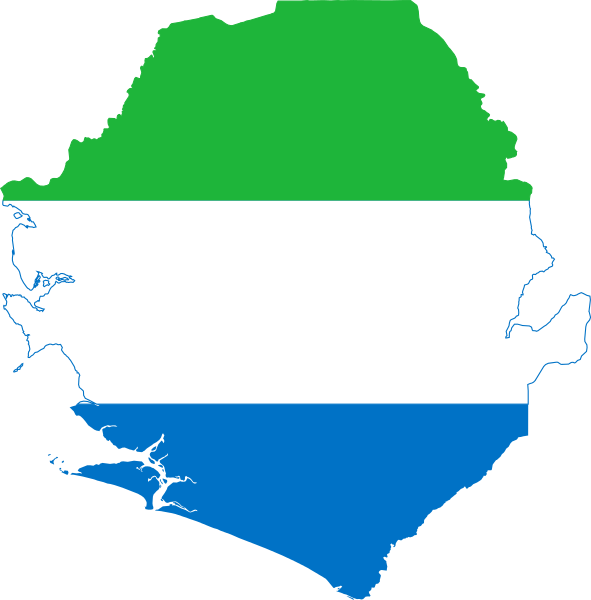
Sierra Leone represents a low income, predominantly migrant sending ECOWAS countries. Although Sierra Leone is endowed with many valuable natural resources (e.g. diamond, titanium, bauxite and gold), it is among the poorest countries of the world. Poverty remains at 53% of the population living on less than US$ 1.25 a day and unemployment and illiteracy levels remain high, particularly among youth. Youth unemployment was at 70% (2016). The country continues to face daunting challenges of poor infrastructure and widespread rural and urban impoverishment. The recent civil war (1991-2002) and endemic poverty have contributed to massive emigration since the 1990s. Migrant remittances are considered an essential source of foreign currency inflow into the Sierra Leonean economy. It is estimated by UNDP (2009) that Sierra Leonean migrants’ annual remittance inflows are approximately $168 million or just around 12% of GDP. The government’s calculations, however, put the figure between $250 million and $400 million, or between 20% and 25% of GDP, which is considered to be among the highest in Africa. The significant contribution to foreign remittance flows comes from diasporas from Western Europe and North America, who are highly skilled and qualified workers. This is especially important owing to the brutal civil war in Sierra Leone which lasted for over a decade and the outbreak of the Ebola Virus Disease (EVD) in 2014, leaving the country and the people living there helpless and wrecked. Thus, the contribution of diasporas overseas in providing remittance plays a huge role in helping households to sustain their needs.
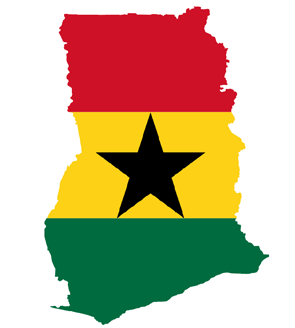
Ghana remittance received in 2017 amounted to $2.2 billion from a total of $38.4 billion in Africa, according to the World Bank’s Migration and Development Brief. Remittance flows to Ghana form an important source of foreign currency transfers to the country, making up approximately 5% of GDP in 2016, thus constituting the largest foreign exchange earner. The increase in remittances means that the remittances market is of strategic economic importance, with enormous growth potential for the economy of the country. The Ghanaian government, has taken several steps to improve the use of remittance for development purposes. All in all, while positive steps are being taken by the government to ensure that remittance can be used to promote development, more grass-root methods need to be taken into consideration in order to ensure more sustainable development growth for Ghana.
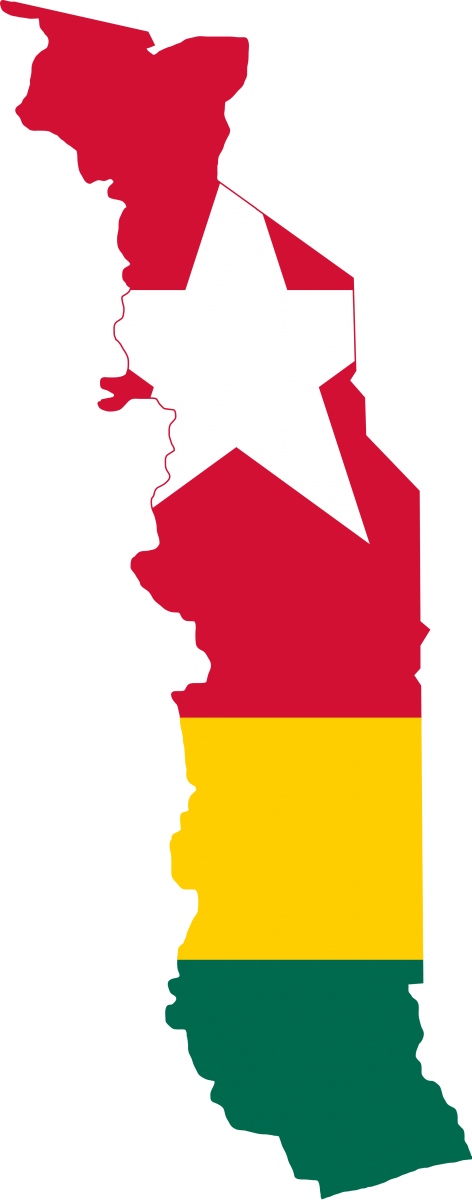
Togo’s international migration is in line with the West African migration model : circular migration of low-skilled labour at the sub regional level (Ghana, Nigeria, Côte d’Ivoire), international migration (France, Germany) of elites in training and finally, international and regional migration of political opponents. At the sub regional level, the migration of low-skilled labour migrants responded to the needs of workforce in export economies. For instance between 1978 and 1980, 245 000 Togolese migrated to Ghana.
Concerning international migration, the Togolese migrants were elites going to study and be trained in France as until the early 1970s, the Togolese education system guaranteed a scholarship to pursue higher education in France with the aim of training future members of the Togolese State. In the 1980s due to adjustment policies, the number of scholarships decreased. This migration of skilled workers and students has become permanent and family reunification policy is now the main reason for Togolese immigration in France. At both a regional and international level, many members of the Togolese diaspora are political opponents and refugees. This migration is directly linked to the 1963 coup d'état, the first coup d'état in Africa after decolonization. The first wave of political exiles was composed of leaders and supporters of independence and nationalist parties, mainly from elite families. In the 1990s a massive movement of refugees occurred because of the army’s mass violence against the population and in 1993, nearly 300 000 Togolese sought refuge in Benin and Ghana.
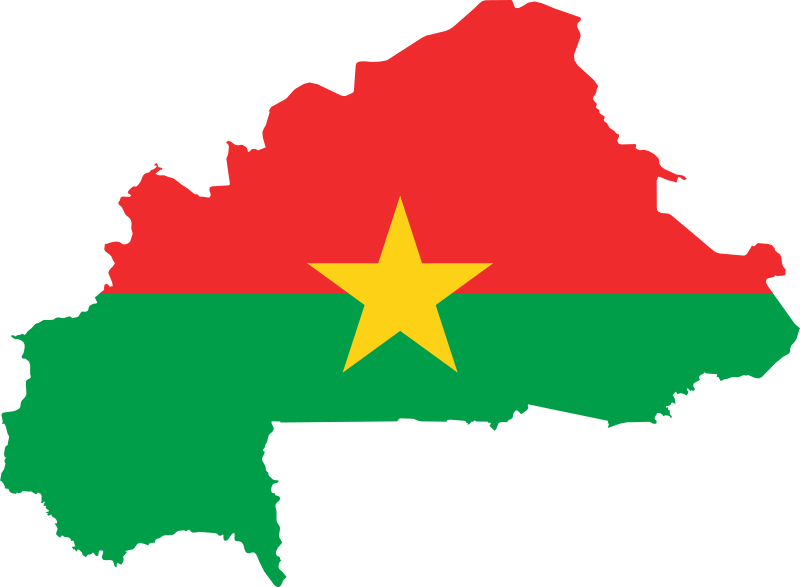
Burkina Faso
With an estimated number of 7.3 million people living abroad for a country of 18 million inhabitants, the Burkinabe diaspora is one of the development factors in Burkina Faso, mainly through remittances, but also through local development projects, productive investment or infrastructure. Each year, the equivalent of more than 300 million dollars are sent to Burkina Faso from abroad. The main host country for Burkinabe remains by far the Ivory Coast, because of the close ties, both geographical and economic, between the two countries. With potential estimated at 3.5 million people, the Burkinabe diaspora in Côte d'Ivoire has very diverse associative structures (associations of nationals, protection of rights, sectoral workers). From the 1960s onwards, the diaspora developed in France and concerned both young workers, most often men, and students who had come to complete their training by obtaining study grants, then in Italy from the 1990s onwards. Today, the Burkinabe National Migration Strategy does not seem to give diasporic associations the means to act, nor to feel trusted and valued beyond remittances. However, the creation of the Ministry of African Integration and Burkinabe Abroad and the elections to the Higher Council of Burkinabe Abroad sent a positive signal and demonstrate that the Burkinabe executive is seeking to address the issue.
Partners to the project
These activities are implemented by 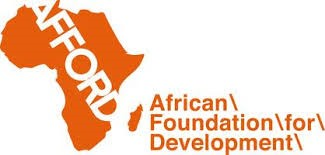 and
and 